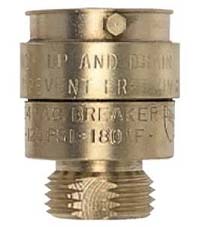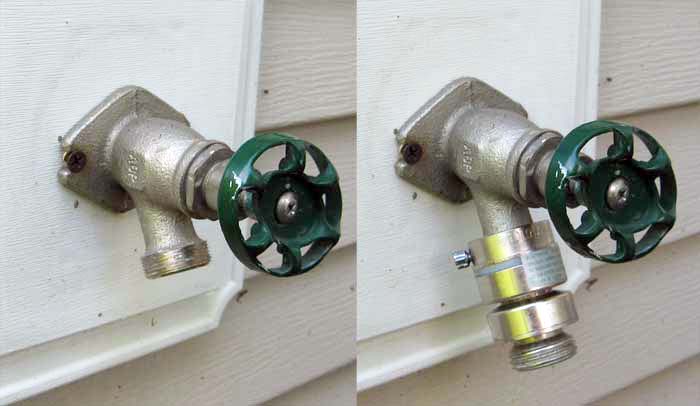| Home |
| Water System |
| Sewer System |
| Harbor and Bay |
| School Program |
| About MWRA |
| Doing Business with MWRA |
| Contact MWRA |
What is a Cross-Connection?
A cross connection is a connection between a drinking water pipe and a water source that is not safe to drink. The unsafe water can come from your own home.
|
Common Residential Cross Connections
- Hose bibs
- Garden hoses
- Boilers
- Private wells
- Swimming pools
- Lawn irrigation systems
- Residential fire protection systems
What is Backflow?
Backflow is the undesired reverse of the water flow in drinking water pipes. This backward flow of water can occur when the following occur:
- Back pressure: This is when the pressure created by a boiler of other home system is higher that the water pressure inside the pipe.
- Back siphonage: This is when the pressure in the water pipe drops due to an unexpected occurrence like a water main break causing water to flow backward inside the water pipe.
How to Prevent Backflow
You can prevent a backflow by installing a backflow prevention device on your hose bib. The device provides a physical barrier to backflow. Hose bib vacuum breakers are effective backflow prevention devices, appropriate for both inside and outside hose connections. They are available at most hardware stores, are easy to install, are low-cost. This is a great way to protect the water in your home as well as the water in your city or town.
More Information
For additional information on cross connections, please visit the U.S. Environmental Protection Agency's website (PDF) If you have additional questions, please call MWRA's Water Quality Hotline: 617-242-5323.
Updated May 4, 2022


